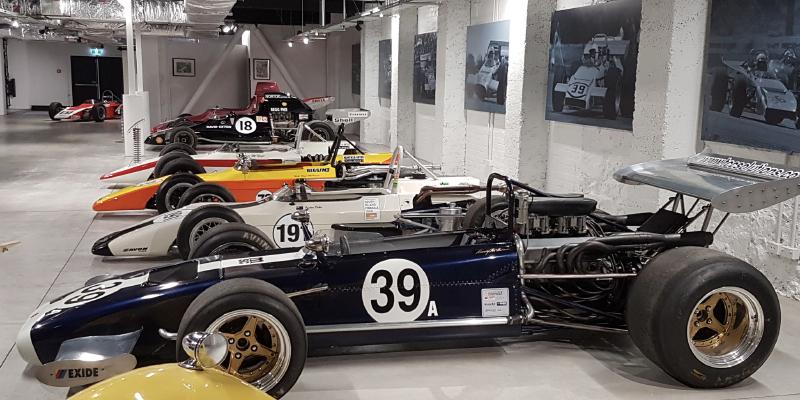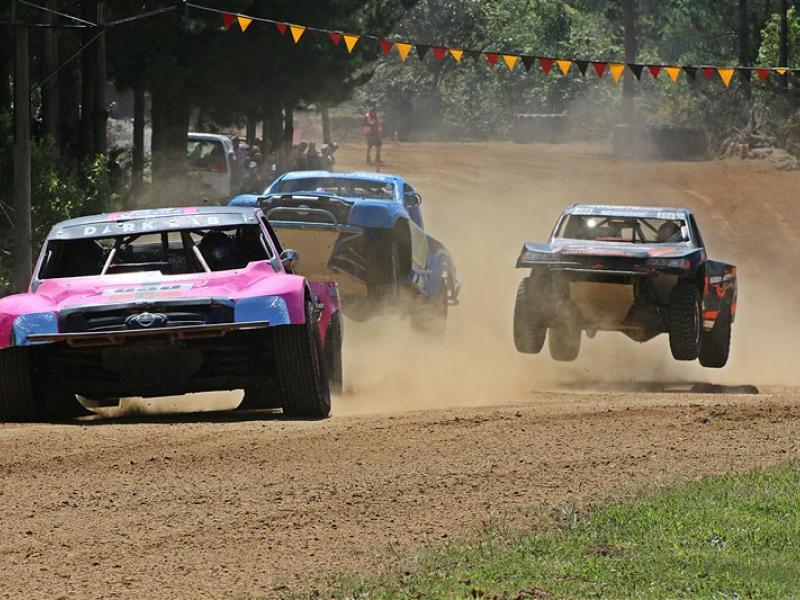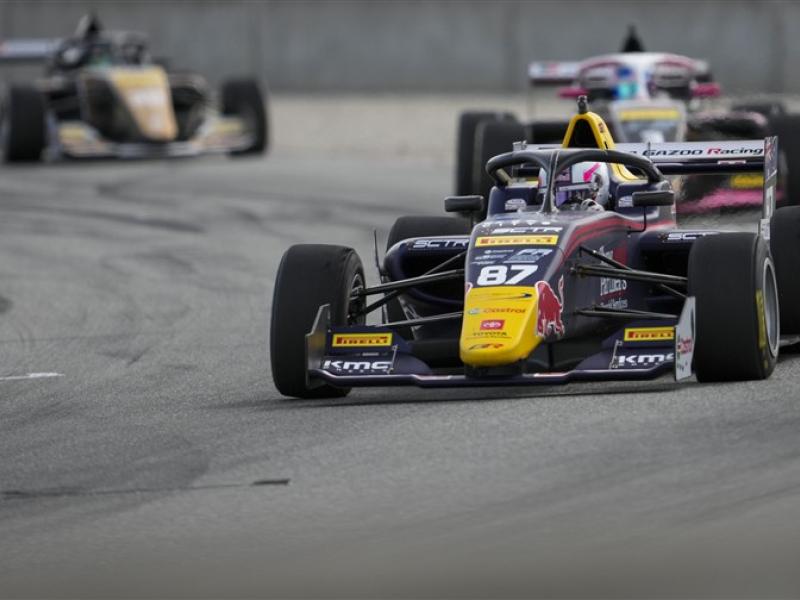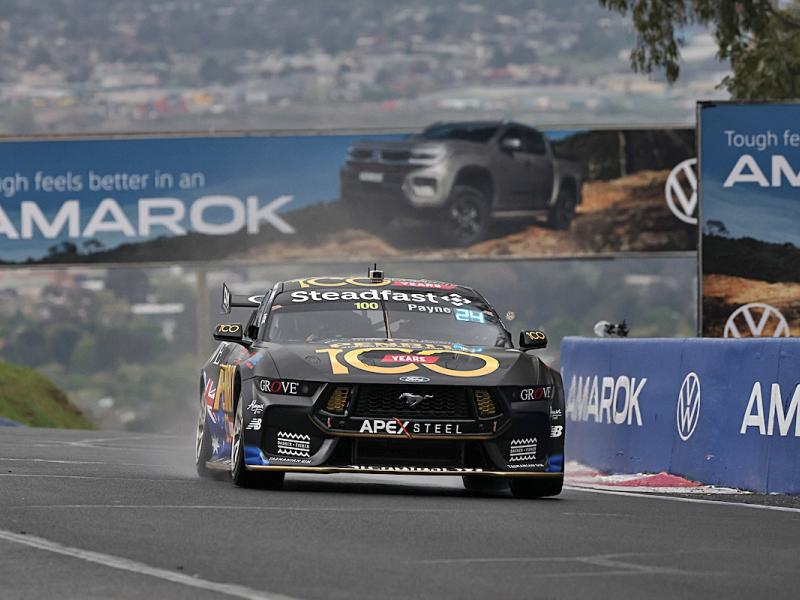If – like most ordinary, average, Kiwis today – the name ‘George Begg’ means little to you, then the latest addition to Invercargill’s world-class line-up of motoring-related museums, the George Begg Bunker (downstairs at Tay Street’s Classic Motorcycle Mecca/Meccaspresso building in the heart of the city’s CBD) is the place for you.
Typical, by all accounts, of southern men of his era, Begg - who died aged 76 in 2007 – was a modest, taciturn fellow who turned his hand to building racing cars as an adjunct to the successful rural engineering business he created from scratch in Drummond, a ‘blink-and-you’ll-miss-It’ hamlet north-west of Invercargill.
Not for him then, an all-singing, all-dancing Las Vegas-like front-of-house museum with cars mounted on plinths or tucked safely away from prying eyes and kids’ sticky fingermarks.
No. While the cars are very much the stars of the show here they sit in an open basement (hence the ‘Bunker’ tag) on a painted concrete floor, as they might have in a pit area at a motor racing circuit back in the day.
All-up, Begg – plus key collaborators like Fred McLean (the FM in the designation of key cars like the Begg FM3 Formula Ford and FM5 Formula 5000 single-seaters) – built 18 racing cars between 1964 and 1976.
And – incredibly when you think about it – the vast majority not only still exist, but were on display when the ‘Bunker’ was officially opened the Thursday evening before the Southland Sports Car Club’s annual – but this year renamed and very much revamped – George Begg Classic Speedfest classic motor racing meeting at Teretonga Park over the Feb 15-16 weekend.
There was more to George Begg than the sheep handling equipment and front-end loaders his company, G.N. Begg Engineering, made and sold to farmers all over New Zealand, and the cars he built and took on the world with.
Fortunately, the couple largely responsible for the exhibition – Scott and Joc O’Donnell of Bill Richardson Transport World fame – obviously understood this.
For instance, George’s first mechanical love – not to mention competition foray – was on two wheels, and rather than being a passing fad, the link resonated through his whole life.
He met wife-to-be, Freda, while on a racing trip to the Isle of Man TT. Then ‘got back into’ the bikes of his youth when he retired, buying, restoring and riding them at period demo events.
George also turned his hand to writing when he and Freda went to live in Hervey Bay in Queensland.
His, in fact, was the first, authoritative (and very much warts-and-all) book to appear – in 2002 – on the life and times of that other celebrated ‘son of the south,’ Burt Munro, entitled Burt Munro, Indian Legend of Speed.
Two years later came Bruce McLaren: Racing Car Constructor, a first-person account of a sabbatical George took in 1968 working with his fellow Kiwis at the McLaren factory in the UK.
Both books are solid, no nonsense affairs, very much like the man himself … and the new Invercargill museum dedicated to his life and work!
Story & photos by Ross MacKay






